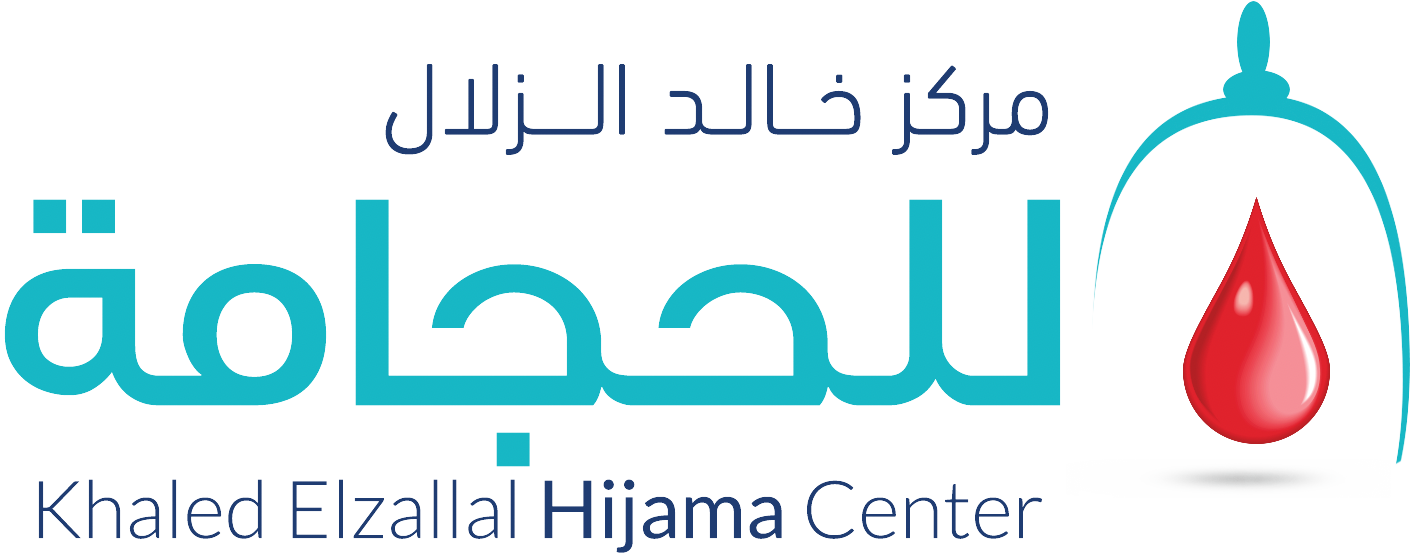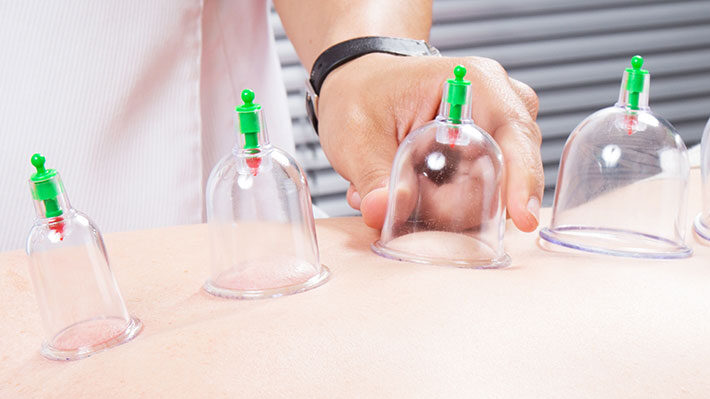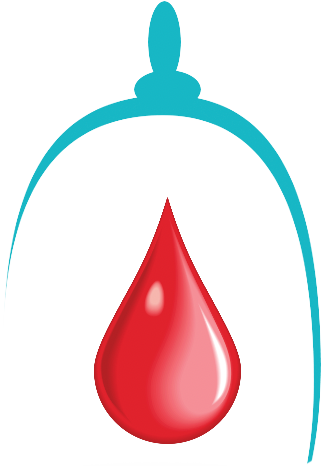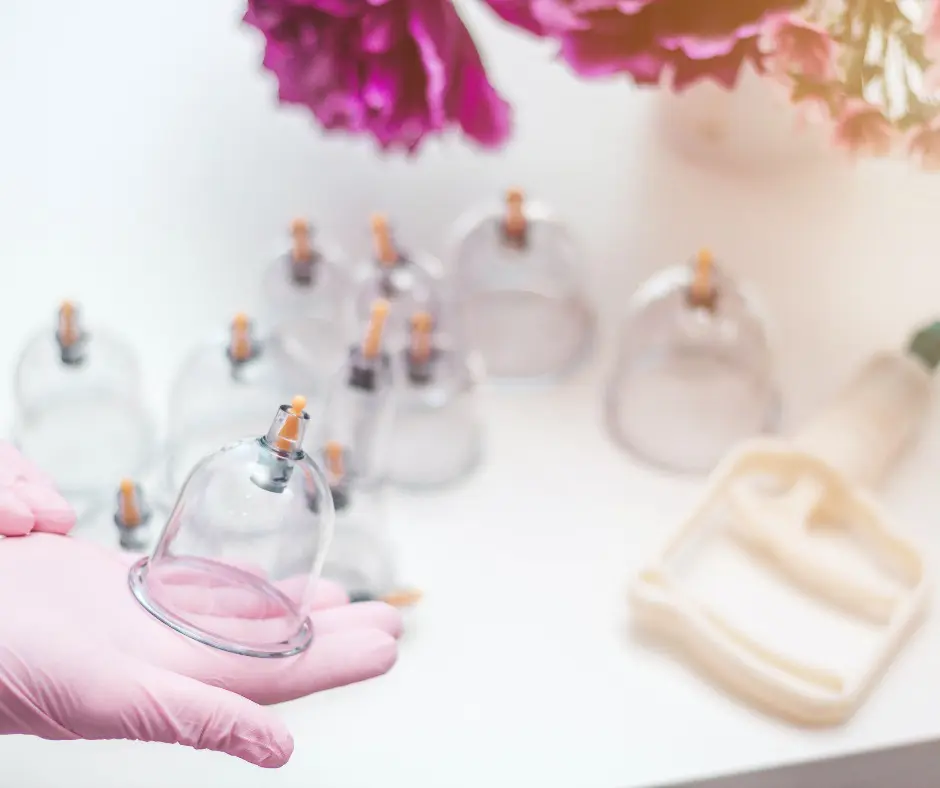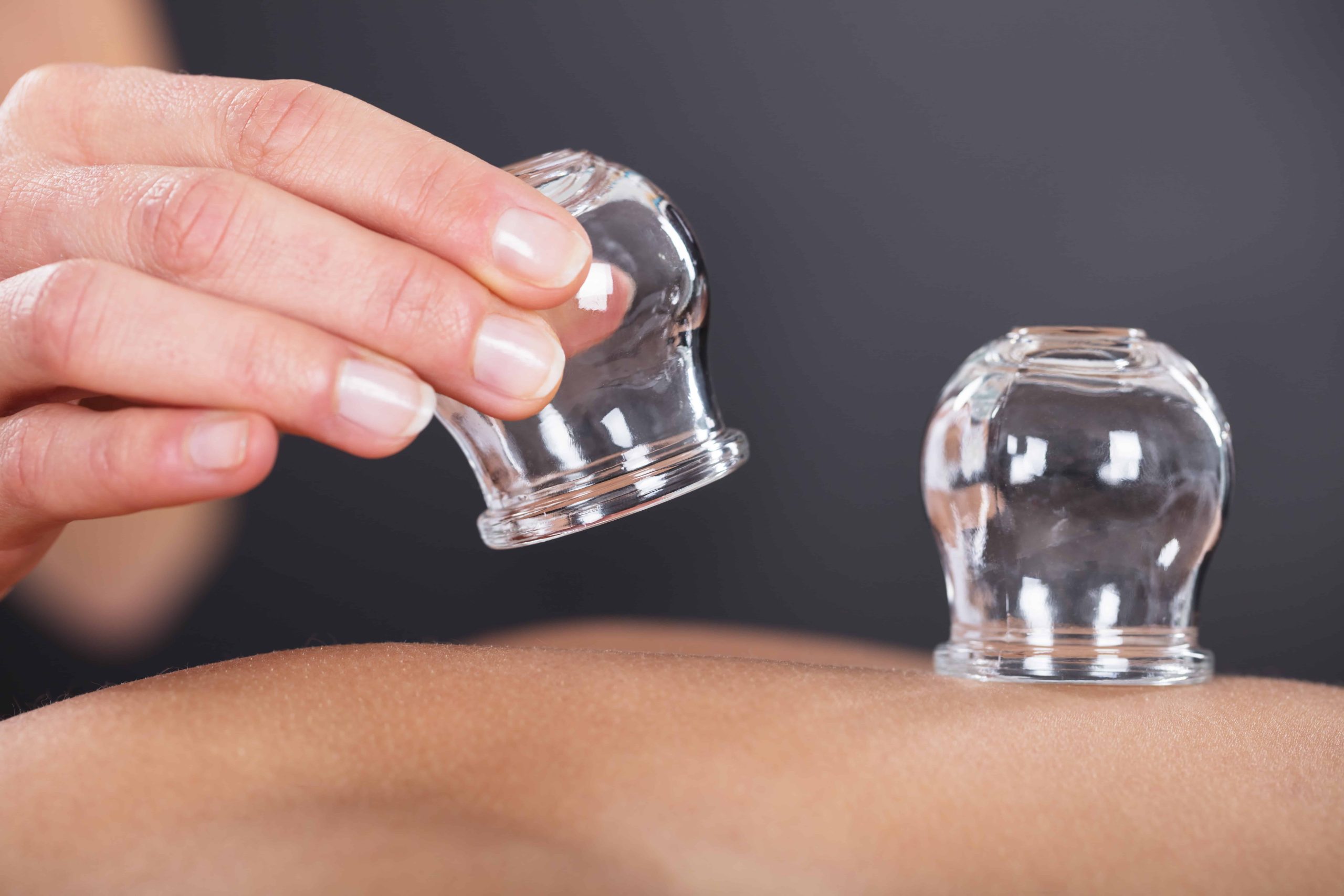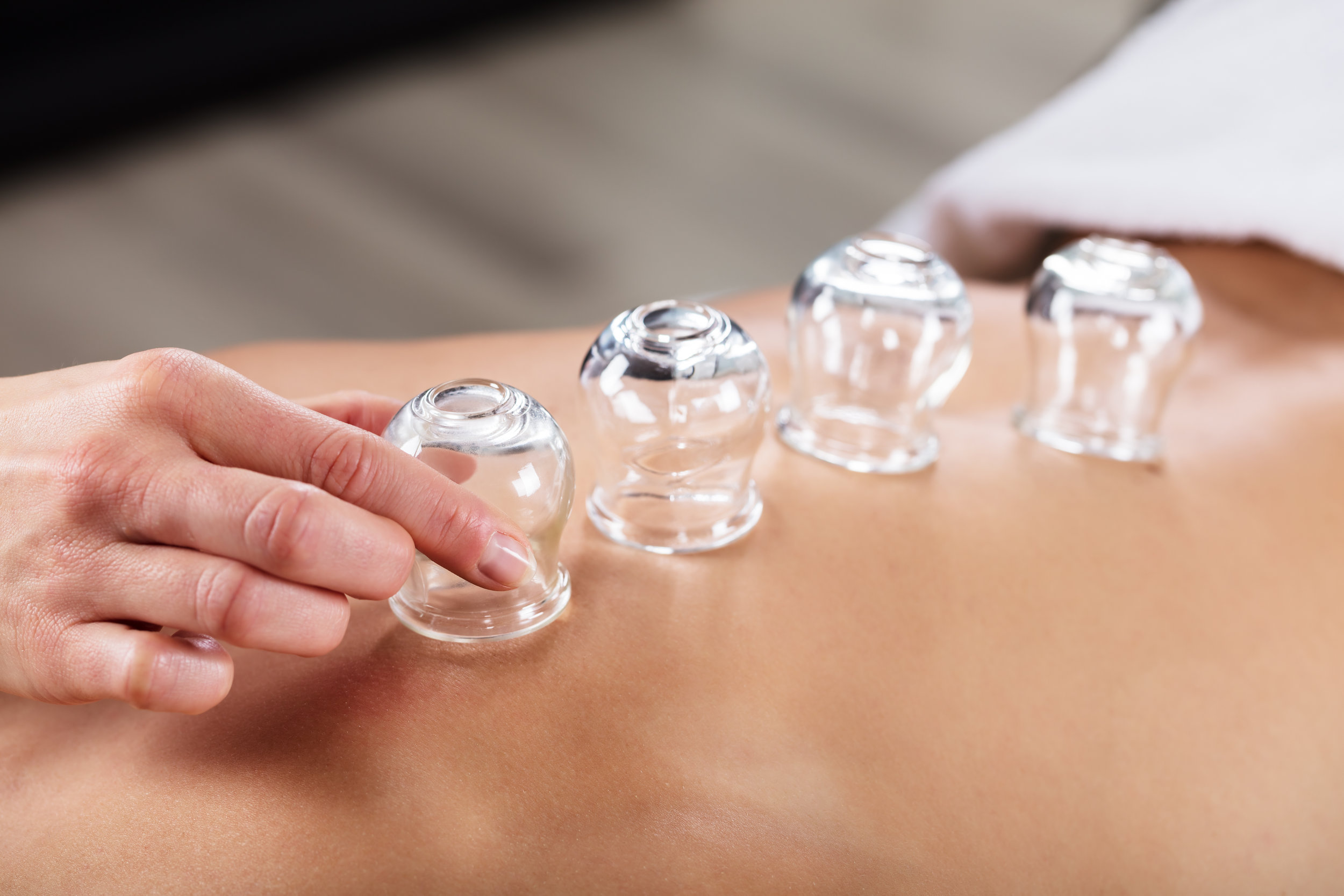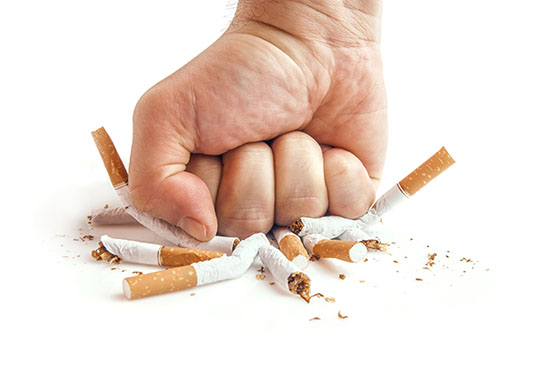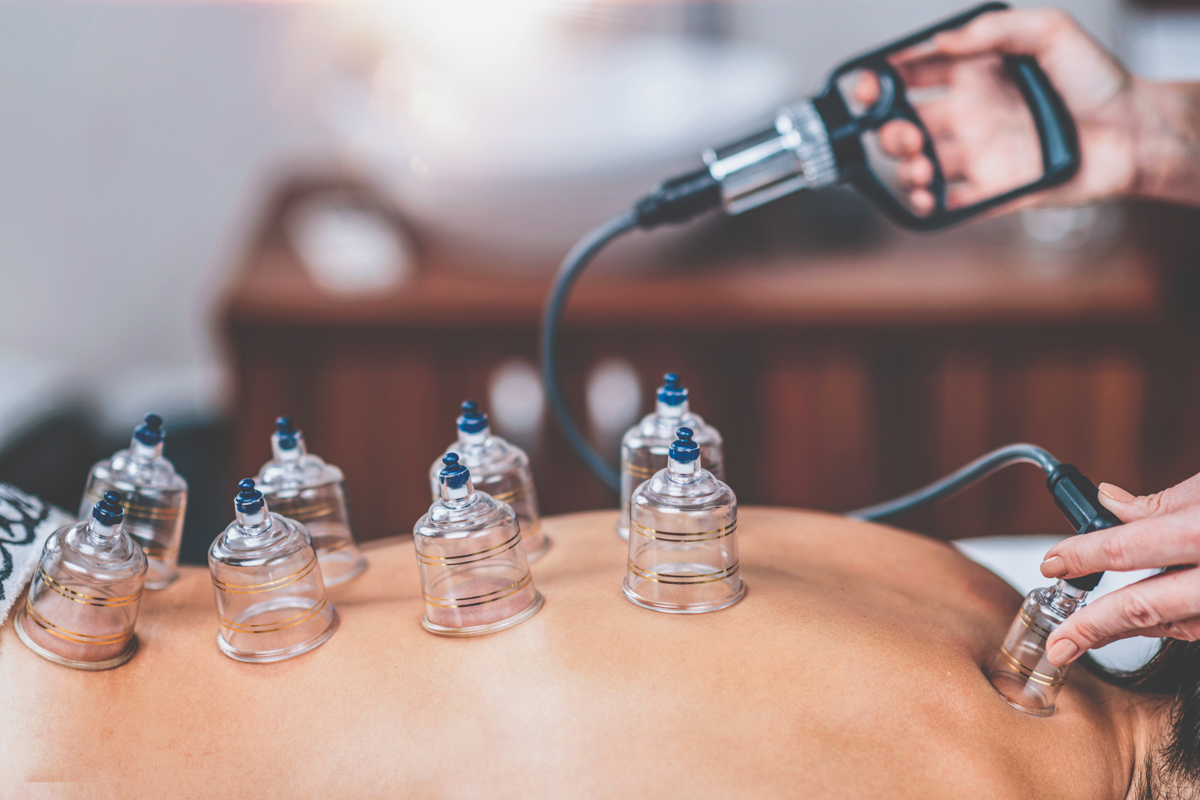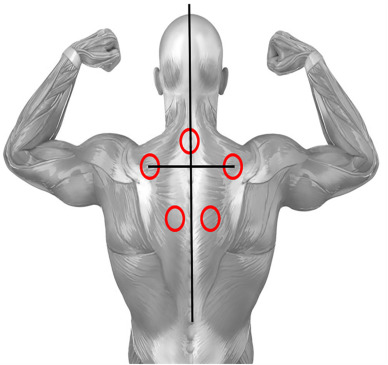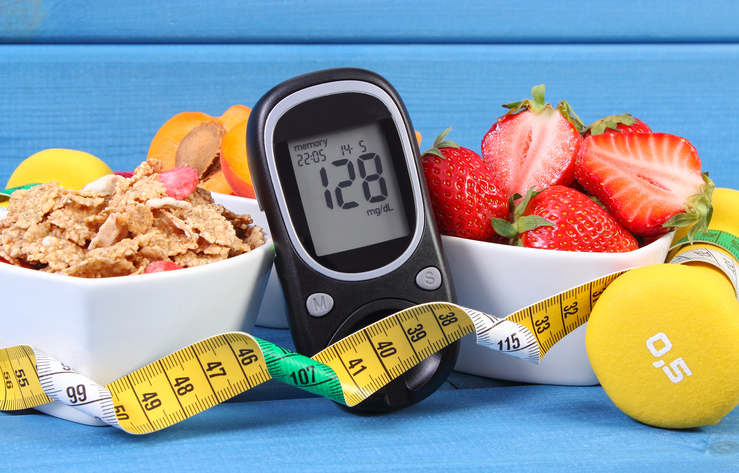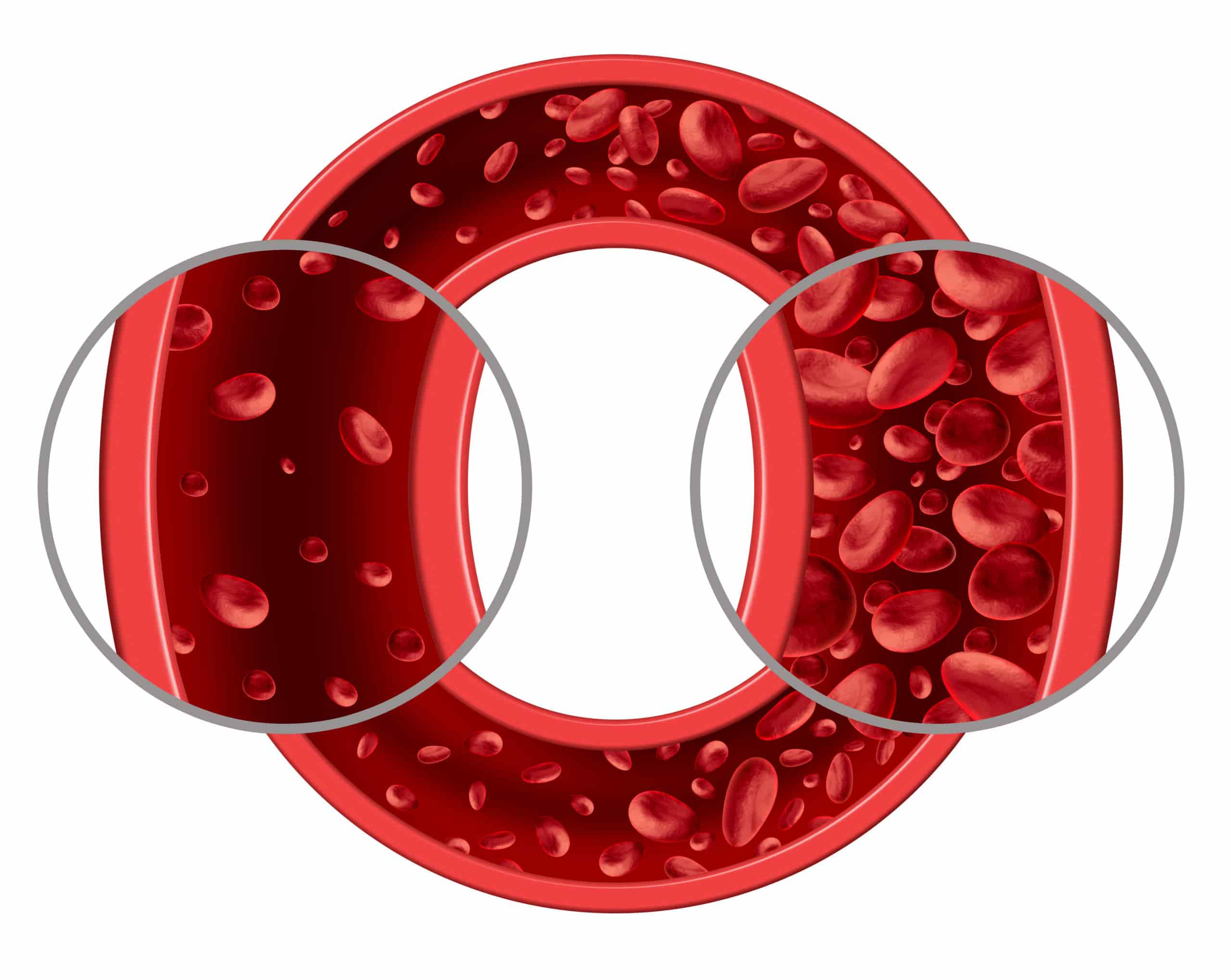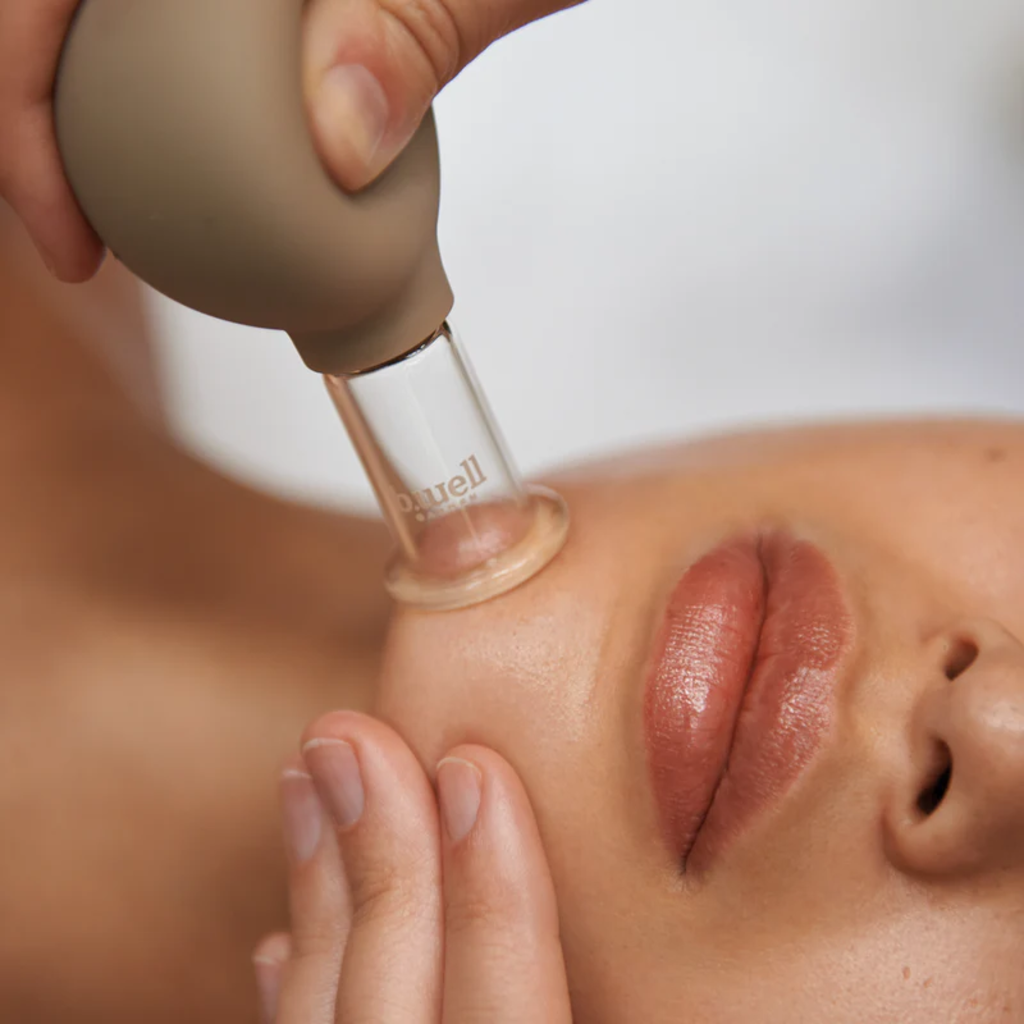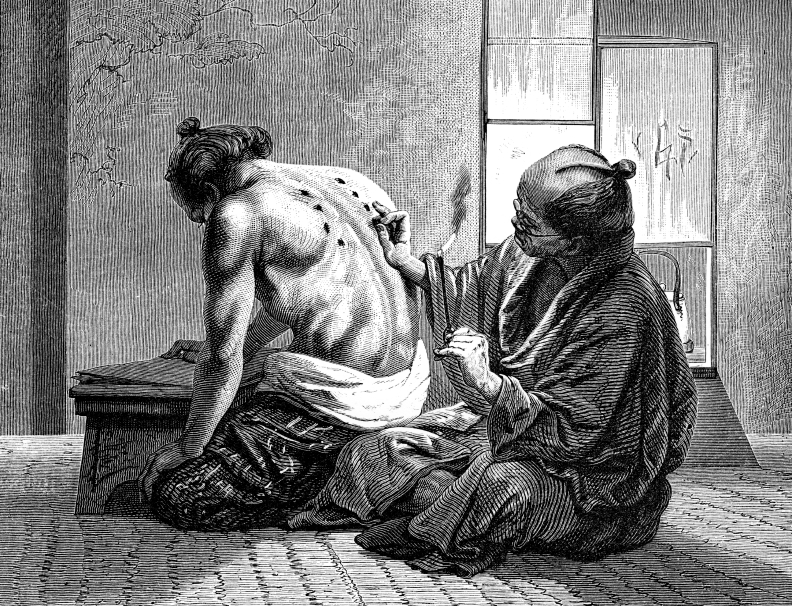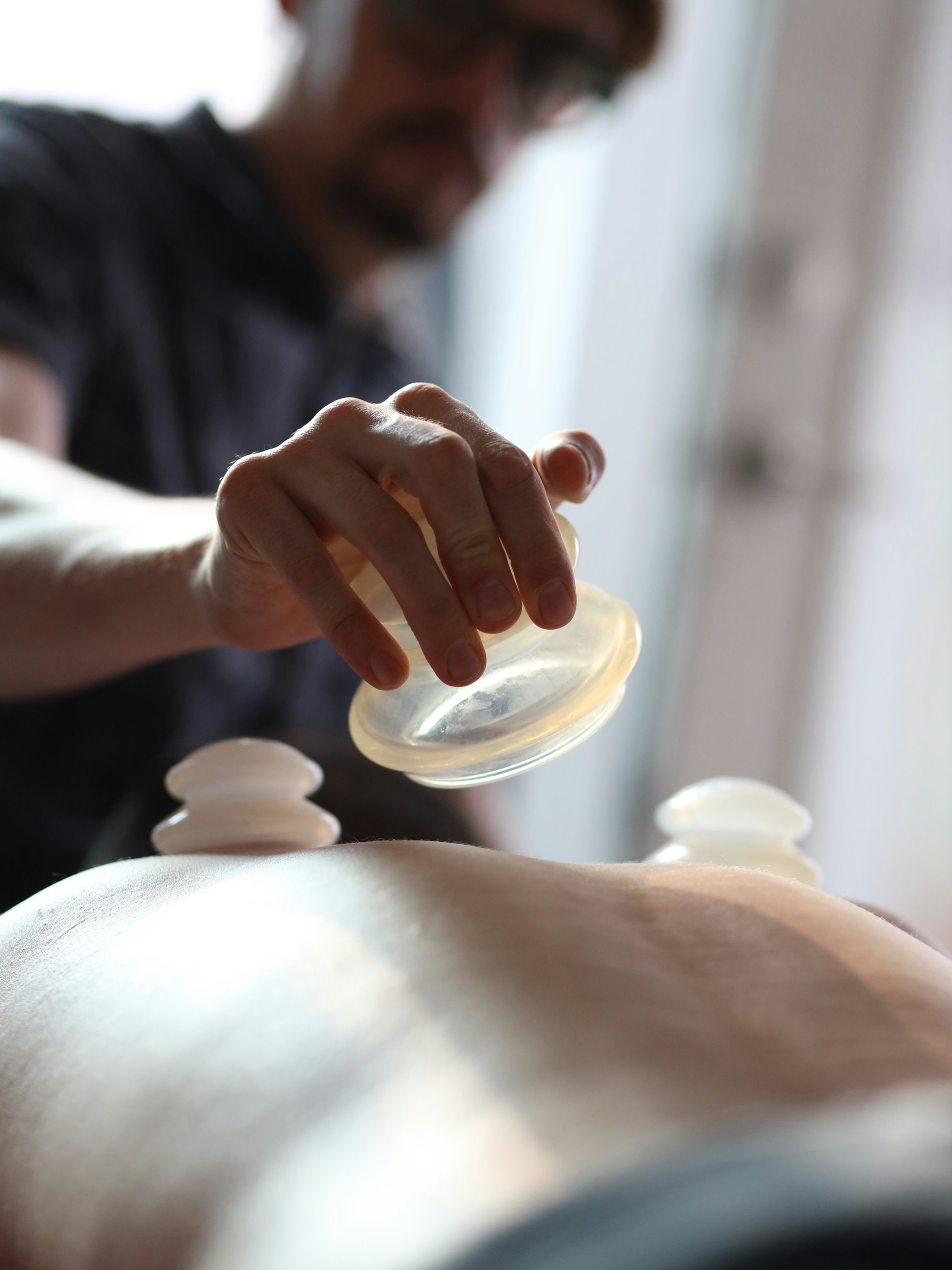Prophetic Cupping (Preventive Cupping)
Prophetic Cupping (Hijama) is a traditional medical practice deeply rooted in Prophetic medicine, derived from the guidance and actions of the Noble Prophet Muhammad (peace be upon him). This practice has gained increasing attention in the modern era—not only within Islamic communities but also among societies seeking alternative and complementary therapies. This article aims to present a scientific perspective on Prophetic Cupping, highlighting the related Prophetic traditions (aHadiths), reviewing scientific research that has explored this practice, and examining its potential health benefits and proposed therapeutic mechanisms.
Historical and Religious Origins
Prophetic cupping (Hijama) is based on a collection of authentic Hadiths that indicate the Prophet Muhammad (peace be upon him) practiced and recommended it. Among these is a narration reported by Al-Bukhari and Muslim from Ibn Abbas (may Allah be pleased with them) in which the Prophet (peace be upon him) said: “Healing is in three: a drink of honey, a cut made by cupping, and cauterization by fire — but I forbid my nation from cauterization.”
Other Hadiths also mention preferred times for performing Hijama, such as the 17th, 19th, and 21st days of the Islamic lunar month. These religious texts give Prophetic cupping a special status in Islamic tradition and make it a part of the practical Sunnah.
Types and Positions in the Prophetic Sunnah
The Prophetic Hadiths refer to two main types of cupping: wet cupping (which involves bloodletting) and dry cupping (which does not involve the removal of blood). Certain Hadiths also specify recommended cupping points, such as the kahil (the area between the shoulders), the qafa (the middle of the back of the head), and the akhda‘ayn (the two sides of the neck). Traditional practitioners have relied on these recommendations to determine the appropriate treatment points.
Other Hadiths also mention preferred times for performing Hijama, such as the 17th, 19th, and 21st days of the Islamic lunar month. These religious texts give Prophetic cupping a special status in Islamic tradition and make it a part of the practical Sunnah.
Contemporary Scientific Perspective:
While Prophetic cupping has a religious foundation, there is growing interest in understanding its potential therapeutic mechanisms from a scientific standpoint. Emerging scientific research is beginning to evaluate the effectiveness of cupping in treating various health conditions. Proposed mechanisms through which cupping may offer benefits include:
- Improved Blood Circulation: Cupping is believed to enhance blood flow and reduce congestion in specific areas of the body.
- Pain Relief: It may help alleviate pain by stimulating the release of the body’s natural pain-relieving chemicals.
- Anti-Inflammatory Effects: Some studies suggest that cupping may have anti-inflammatory properties.
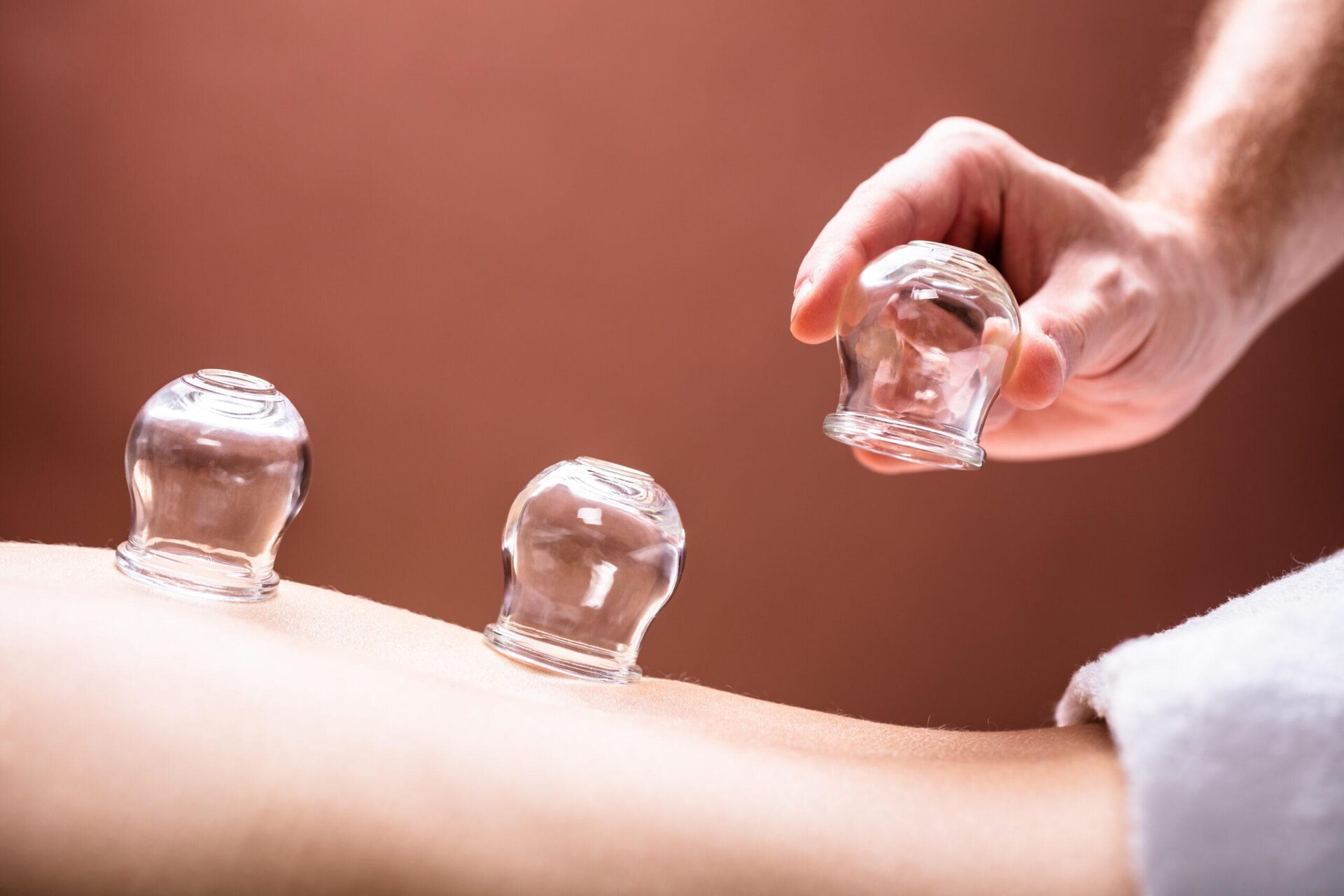
- Immune System Stimulation: It is thought that cupping may support the immune system and enhance its function.
- Psychological Effect: Cupping may also provide a calming and relaxing effect on patients, contributing to an overall sense of well-being.
Potential Health Benefits
Preliminary studies and clinical trials suggest that cupping may be beneficial in treating a variety of health conditions, including:
- Back and neck pain.
- Migraine headaches.
- Arthritis.
- High blood pressure.
- Certain skin disorders.
Conclusion
rophetic cupping (Hijama) is a historical medical practice with deep religious and cultural significance in Islam. As interest in alternative and complementary medicine grows, efforts have emerged to understand the therapeutic mechanisms of cupping and evaluate its potential health benefits from a scientific perspective.
While some early research shows promising results, more rigorous studies are needed to determine cupping’s effectiveness in treating various medical conditions and to establish best practices that ensure patient safety.
Integrating Islamic tradition with modern scientific research can offer deeper insights into this ancient practice and help define its role in contemporary healthcare.


